Kill Bill Movie Swords Review
- The Standard Edition -
By Paul 'Batman' O'Brien
B.A., N.C.E.H.S., Dip. Acu., Adv. Dip. OBB, Cert Clin. Med. Pn1, PN-SSR, PN-NCA, M.AFPA, M.ETCMA, M.C.Th.A.
Kill Bill Movie Swords Review Introduction:
The Kill Bill Movie Swords Review today focuses on the lower end model replica's found in abundance on-line. This particular model, acquired in 2004, featured in this review is an early released "fully functional" sword that was popular with the release of the movie. There is a higher end deluxe edition reviewed here. :-)
Kill Bill, the first part in Quentin Tarintino's 2 part revenge saga was released in 2003 to major critical acclaim and commercial success. It immediately sparked a huge interest in Japanese swordsmanship worldwide.
In the film, the Bride (played by Uma Thurman) is an elite assassin gone rouge. Her former team-mates the Deadly Viper Assassination Squad, headed by the ultimate killer Bill, (played by the late David Carradine), attempt to kill her. The Bride awakes and takes here trusty samurai sword and goes forth to seek her revenge. What follows is a bloody action packed samurai revenge story with plenty of fantastic (and by that I mean it is complete fantasy) samurai sword play and combat. Is it any wonder that the swords of both Bill and the Bride became such sought after items? I know I certainly wanted to add The Kill Bill Movie Swords to my collection.
Kill Bill Movie Swords Review History:
I've touched on some of this above, however in the 2nd movie, Kill Bill 2 - released in 2004, we get the background legend behind the forging of the The Kill Bill Movie Swords, known as the Bills Demon Swords and the Bride's Lion Sword. They were made by Hattori Hanzō. Now, for those students of Japanese military history or those fans of Japanese cinema got fairly excited about this. Hattori Hanzō was a real historical figure and is the subject of over 100 movies in Japan. (Click here to learn more about Hanzō)
However let's start with the movie history.... In the movie, Hattori Hanzō (played by Sonny Chiba - a man who has played Hanzōfor over 30 years, and who ALSO forges Samurai Swords in real life) is a renowned katana maker. He has taken a blood oath to never create an instrument of death again, after his last student, Bill became an evil assassin. The Bride (Uma) visits him and convinces Hanzō to forge a new sword, his finest creation, so that the Bride can Kill Bill and rectify the mistake Hanzō made early on. The swords made by Hanzō are held in extremely high esteem -
To quote Budd and Elle Driver, two the Deadly Viper Assassins the second picture.....
Budd: Well, not yet I ain't. I shot her full of rock salt. She's so gentle right now, I could perform her coup-de-grace with a rock. Anyhoo, guess what I'm holding in my hand right now.
Elle Driver: What?
Budd: A brand spankin' new Hattori Hanzō sword. And I'm here to tell you, Elle... that's what I call sharp.
Elle Driver: How much?
Budd: Well, that's hard to say, being that it's priceless and all.
Elle Driver: What's the terms?
Budd: Get your bony ass down here in the morning, with a million dollars in folding cash, and I'll give you the greatest sword ever made by man. How do you like the sound of that?
And to quote Bill and Budd in the second picture.....
Bill: You hocked a Hattori Hanzō Sword?
Budd: Yep.
Bill: It was priceless.
And Back to Budd and Elle....
Elle Driver: Bill tells me you had a Hanzo sword once.
Budd: Yeah.
Elle Driver: [examining the Bride's sword] How does this one compare to that one?
Budd: If you're gonna compare a Hanzō sword, you compare it to every other sword ever made... that wasn't made by Hattori Hanzō.
Historically, Hanzō lived in the tumultuous years of the Sengoku era. He was a noted and famous samurai (and alleged "ninja master") in his time and famously saved the life of Tokugawa Ieyasu, the man who would unify and bring peace to Japan in 1601. He was a feared fighter known for his expert tactical analysis and skill with the spear.
In Japan he is a constant topic of TV and Movies and holds a similar position of legend to that of Robin Hood or the Lone Ranger. it's no co-incidence that the noted Japanese actor Sonny Chiba plays Hanzō in the Kill Bill series, as Chiba was also the star of the long running and incredibly popular TV series Hattori Hanzô: Kage no Gundan(Shadow Warrior). Today Hanzō is featured in hundreds of books, anime series and manga.
Kill Bill Movie Swords Review Disclosure Statement:
I bought these The Kill Bill Movie Swords back in 2007 from the appropriately named, "Hanzo Swords".
Kill Bill Movie Swords Review Initial Impressions:
It was packaged extremely well, tight bubble wrap all around. My first glance at it was DAMN, this is pretty sweet looking. However on closer inspection....I realised that there were some serious discrepancies between the description and the reality of the sword.
Kill Bill Movie Swords Review Vital Statistics:
From the Hanzo Swords site - Here's the manufacture's claims and I've added a few details in brackets and I'll provide a FULL breakdown of eahc shortly....
- Overall lengths: 42"
- Blade lengths: 29"
- Full tang
- Blade materials: HRC1060 High Carbon Steel
- Hardness: 60 degrees front and 40 in the back
- Iron Wrapped Blade
- Extremely Sharpened blade
- Hanzo demon emblem on the Bill Sword
- Solid steel tsuba
- Three leaf sycamore emblem Engraved on the scabbard
- High quality lacquered wooden scabbard
- Leather (PVC) wrapped handle - (This is not leather. It is entirely a synthetic material, and it is extremely thin, I'll cover this in more detail below).
- Real Ray Skin used on the handle. (Not unless Manta Ray skin is made from cheap plastic).
Kill Bill Movie Swords Review Composition:
From a quick glance this looks pretty much like the sword seen on screen. However after a quick assessment the cheap construction and obvious flaws become apparent. With that said you can purchase this sword for under $99.00 so you can't expect it to be a proper katana. It is marketed as a full functional sword though - and it isn't that - or at least you can't expect to cut with it safely. More on that in a moment. For now, let's start with a detailed look at the sword and its fittings.
Kill Bill Movie Swords Overall Appearance:
Taken in totality and at quick glance this is a nice looking sword. The tsuka (handle) looks well wrapped and has the appearance of cool black leather. The high gloss saya (scabbard) with its carved sycamore leaf's (three of them, as they appear in the film) looks tasteful, the sageo (the cord that hangs from the saya) however is short and looks distinctly cheap and synthetic, and this betrays the true tone of the sword.
The Saya: Painted in a high gloss black lacquer finish, it features the same gold sycamore leaf design near the koiguchi (saya opening) and the demon symbol associated with Bill's sword from the movie. Both of these are painted on. The koiguchi itself, rather than the traditional horn finish is simple black plastic. In a cheap sword like this, that's par for the course. That said it's not finished correctly and has been unevenly cut.
This means proper fit for the habaki (collar that secures the sword in the saya) does no sit right. Aside from the problem with will cause with noto (re-sheathing) it can also lead to the accumulation of excess moisture in the saya which can damage the blade. It also makes the most horrible rasping sound when drawing the sword.
Oh and the kurikata (the knob on the saya where the sageo, cord, is looped through)is glued on and is plastic/rubber. That's pretty bad.
The Tsuka: The handle of the sword is as important as the blade itself. It is the point that requires proper care and attention for if the tsuka is poorly made, the blade will not be secure and this can lead to serious consequences should one try to cut with it.
Sadly, this is the weakest part of the sword itself.
The tsuka itself is carved from wood, though the quality and feel is slightly suspect. It's also very thick and poorly shaped, making any grip relatively weak.
The sales pitch claims that the Tsuka (Handle) is wrapped in genuine ray skin, the traditional wrap associated with the samurai sword. This categorically isn't the case. The Tsuka of this sword is wrapped in cheap plastic. Ray skin was chosen because of its excellent texture that secures even the lightest grip of the finger tips. Plastic by contrast, even moulded with little dots, is a smooth surface with like contact adhesion, making it unsuitable for grip. In addition with heavier use and the sweat of the hands will make the surface even slicker...but then that won't be an issue given the "ito"...
Finally the wrapping or "ito" is listed as leather, then in brackets as PVC. Let's be clear, PVC is not leather. It's a synthetic plastic substitute, or as Amy Bach coined it, pleather. PVC is by and large a TERRIBLE choice for ito.
Firstly it has little absorbency; it won't mould to the hand of the user and will twist and tear easily. This is PARTICULARLY the case with this sword as the PVC is less than 0.5cm thick - this barley covers the tsuka and offers NO additional strength to the structure of the blade. With any use the ito wrap will tear and unravel leaving you swing a razor sharp piece of metal that is going to fall apart in your hands. This ALONE means you CANNOT use the sword as advertised.
But it gets worse. Much worse.
A proper samurai sword secures the blade (nagasa) to the handle (tsuka) by means of a peg. This peg, called a mekugi, is VITAL to the swords construction. Without this peg, traditionally made of bamboo (so it can act as a shock absorber as well) a blade could fly out of the handle or rupture the tsuka on impact with a target. Some blades have one mekugi, most are double pegged with one about an inch down from the tsuba (sword guard) and another about an inch above the kashira (end cap / pommel). This sword has NONE. It is a completely unsecured blade, meaning it could fly out at any moment. Instead of the securing peg it is instead held attentively together with....GLUE!
You can even see on the fake same wrap the area where they should have cut the hole for the mekugi to slot through. This is one of the shoddiest attempts at a samurai sword I have seen - especially given the fact that you can pick up a decent light cutting sword for less than $80.00
This is just ridiculous. And dangerous.
The Menuki: The menuki are ornaments placed on the tsuka, beneath the ito wrap. These are often used to secure a better grip on the tsuka and often feature excellent carving and design. They tie together the artistic theme of the sword and often have specific meaning to the owner of the sword.
In the film The Kill Bill Movie Swords featured a menuki of the Kongosho design. This a stylised three pointed spear, taken from the Buddhist tradition and is often used to symbolise the deity Fudo Myo who is reputed to help us cut away delusions. He is also a frequent focus of swordsmen and martial artists.
This sword does feature "kongosho style" menuki, however they are poorly made, too large and only vaguely similar to those found on the movie sword. In addition on my sword they are cheap resin and unsecured - they wobble - one again highlighting the VERY poor ito wrap.
Next we'll look at the Fuchi and Kashira in some detail. Traditionally these are made of brass or iron. They can be highly stylised or plain and again should reflect the overall theme of the sword. In the film The Kill Bill Movie Swords feature a beautiful Fuchi (a collar found below the tsuba that keeps the tsuka together) and Kashira (but cap of the handle) in the momoji style. This is a beautiful cobbled or cracked stone effect with the single leaf on top of it, suggesting Autumn and the natural decline of life, quite an appropriate theme for this sword. The leaf also ties together the sycamore leaves found on the saya.
This sword doesn't have the Fuchi in the momoji style. Instead it opts for a dogwood motif fuchi and a random blurred person on the kashira. Neither of these relate to each other or the overall theme of the sword.
Worse still in this edition of the Kill Bill Sword these are made from cheap plastic; another indicator that this blade could under NO circumstances take the strain of use.
A last word on the habaki (this is a metal collar above the tsuba, and helps secure the blade in both the tuska and the saya). Traditionally these were highly crafted and made for each specific sword. Again in this factory made piece the habaki is generic and ill fitting.
The Blade (Nagasa): The manufacturer claims that this sword is made from HRC 1060 carbon steel in the Shinogi Zukuri style. The Shinogi Zukuri style has 2 variations both meant to add additional support along the cutting line of the blade. This is designed so that if you do not have proper hasuji (line of cut), you shouldn't substantially damage the sword.
The blade itself has an acid dipped hamon (the wavy lines on the ha - cutting edge - of the blade. These occur in true samurai swords as a result of the unique tempering methods employed by the Japanese smiths). On this blade the fake hamon looks awful.
In the movie the blades of both the Bride's sword, and Bill's feature distinctive engravings. Bill's features a kabuki style Demon Mask, and the Bride's a Lion. Rather than being etched in these swords they are laser printed on the blade.
Kill Bill Movie Swords Review Functional Assessment:
Trying to use this blade for test cutting or even for basic suburi practice would be dangerous. The tsuka is too thick, the wrap too lose and it secured by the graces of glue, not trustworthy mekugi. Personally I feel it utterly fails as a "functional blade" as described by the manufacturer.
Kill Bill Movie Swords Review Tameshigiri (Test Cutting):
Are you mad? You want me to cut with this after that review? You'd be risking life and limb to try this - I'm not that stupid. I don't recommend it.
Kill Bill Movie Swords Review Conclusion and Insights::
For $99 at a quick glance, perhaps as part of display this is a nice enough looking replica. It's by no means functional as advertised, but cosmetically - from a distance - it holds up well. For those that would like to see a Hattori Hanzo blade adorn the shelf of their movie prop collections it may do the job.
On the other hand if you want an entry level light cutting blade I'd recommend something of comparative value but that will get the job done - the Musashi Range is fairly decent at this price point and makes and EXCELLENT comparison piece.
If you want to see a slightly more expensive, but ENTIRELY more capable Kill Bill Movie Swords then check out my follow up review on the Kill Bill Deluxe Edition from Hanzo Swords coming soon.
Kill Bill Movie Swords Review Straight Cut:
Skip this. Order a Musashi at the same price - it's prettier and actually does what it says on the tin. Or pick up a Deluxe Hattori Hanzo. Review Coming Soon.
Return from the The Kill Bill Movie Swords, to the Way-of-the-Samurai.com Home Page
Click here to Return to the Sword Review Index
Free Samurai E-books
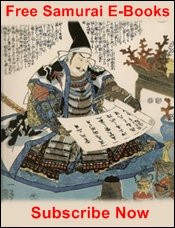
Get Free Exclusive Samurai Guides and E-books
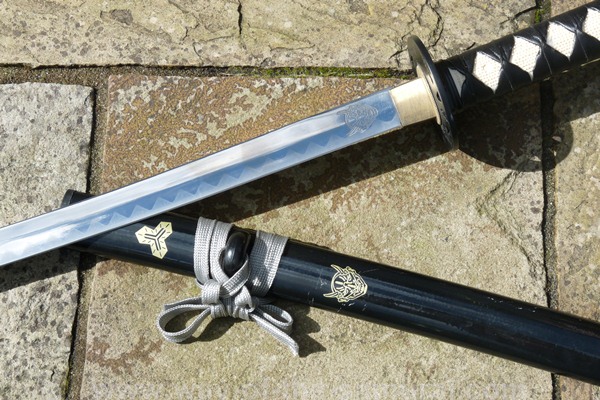
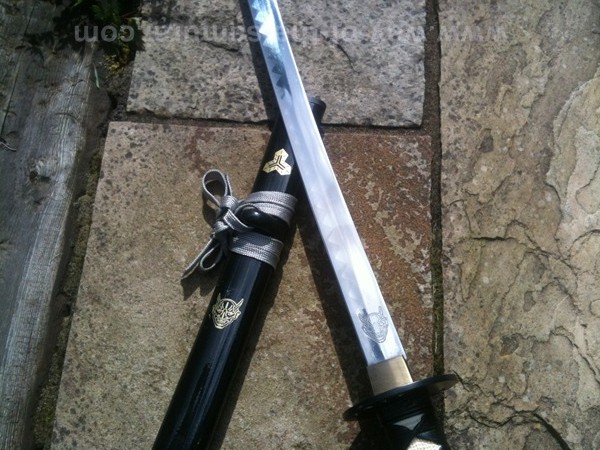
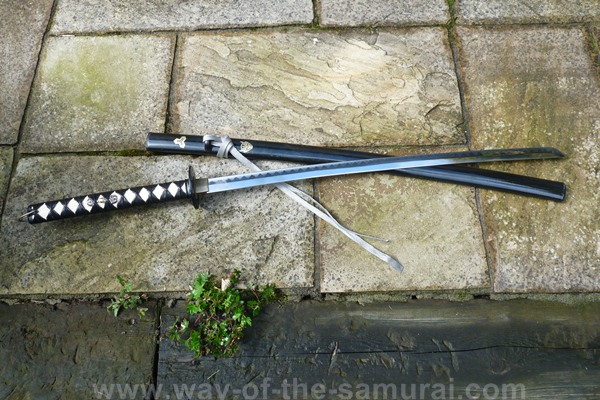
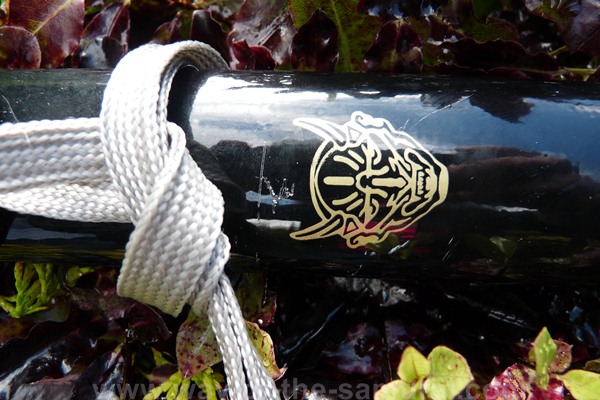
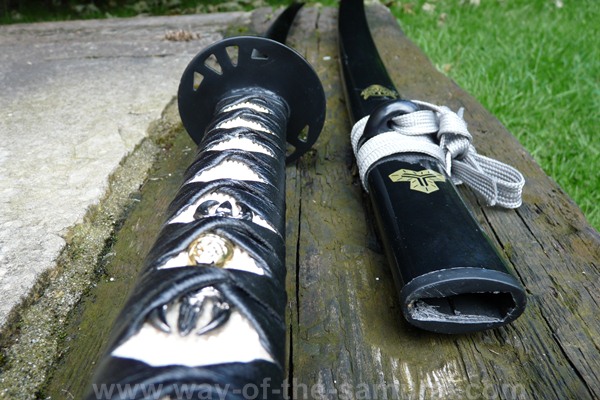
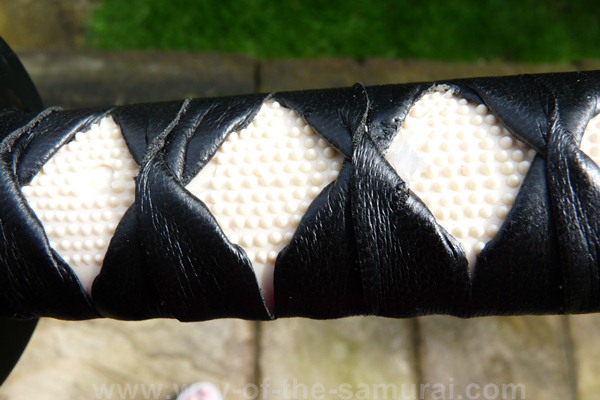
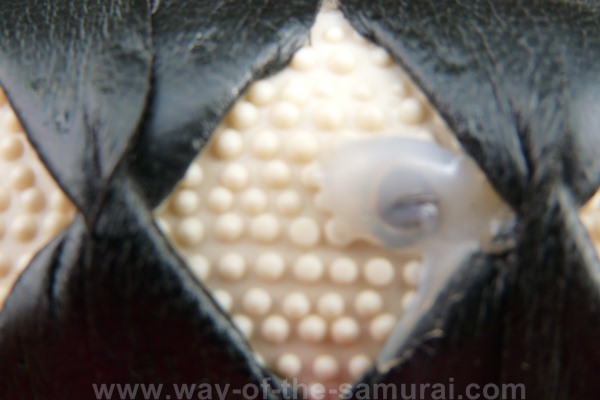
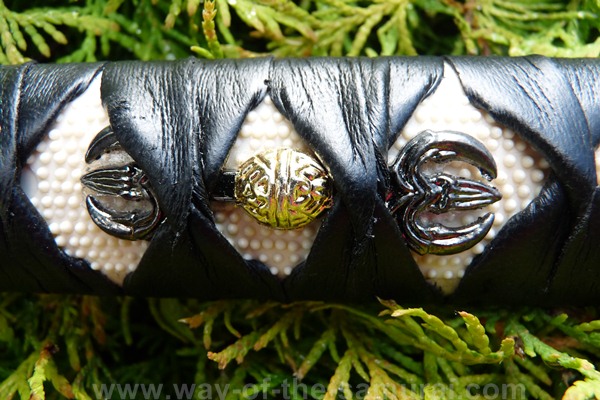
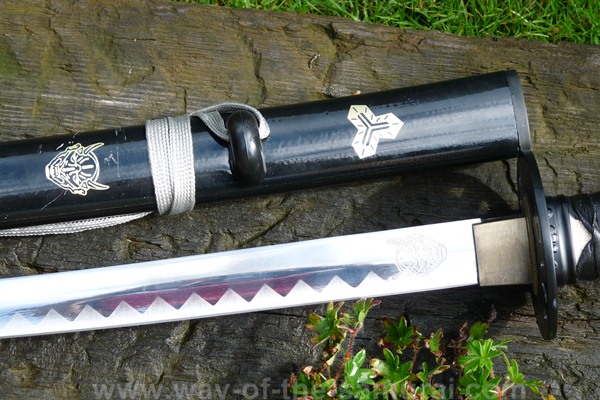
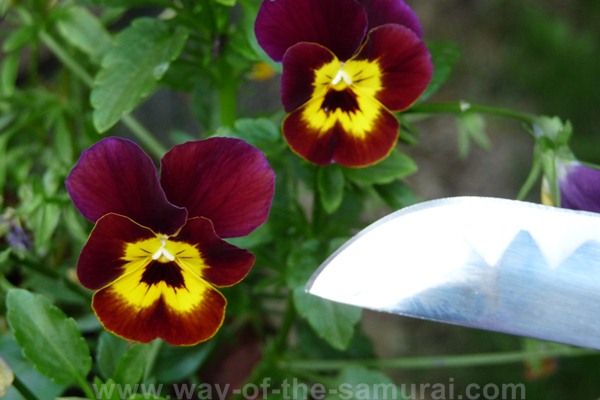
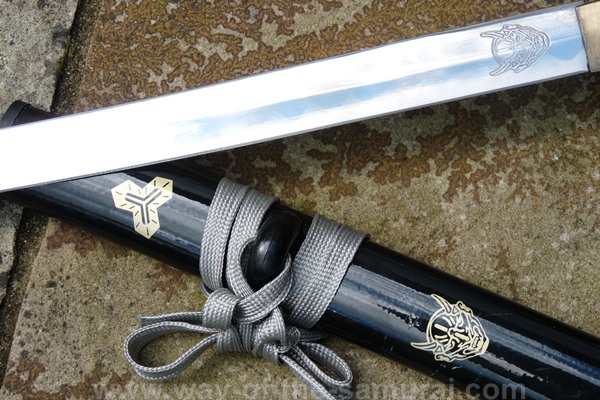
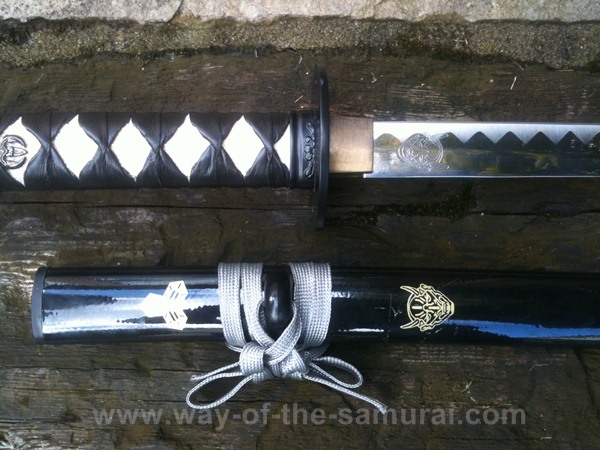
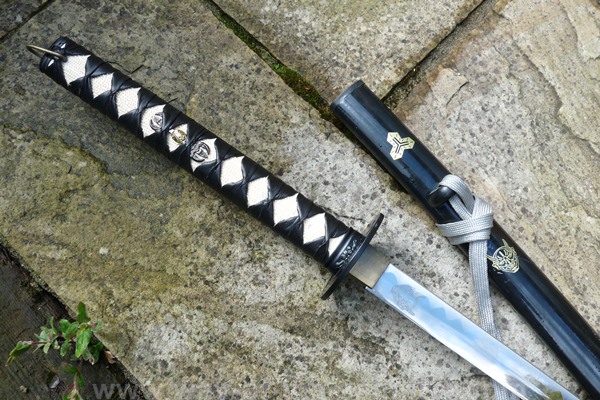





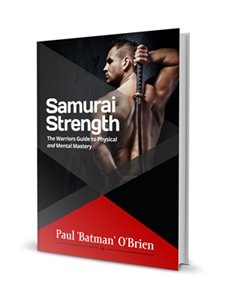
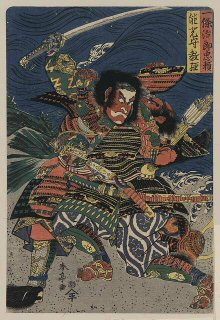
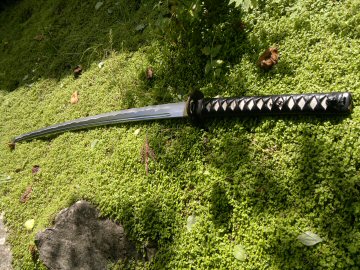
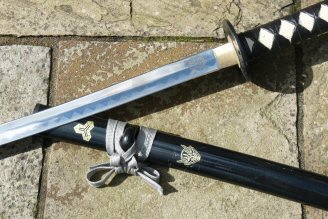
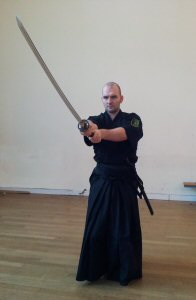
New! Comments
Have your say about what you just read! Leave me a comment in the box below.